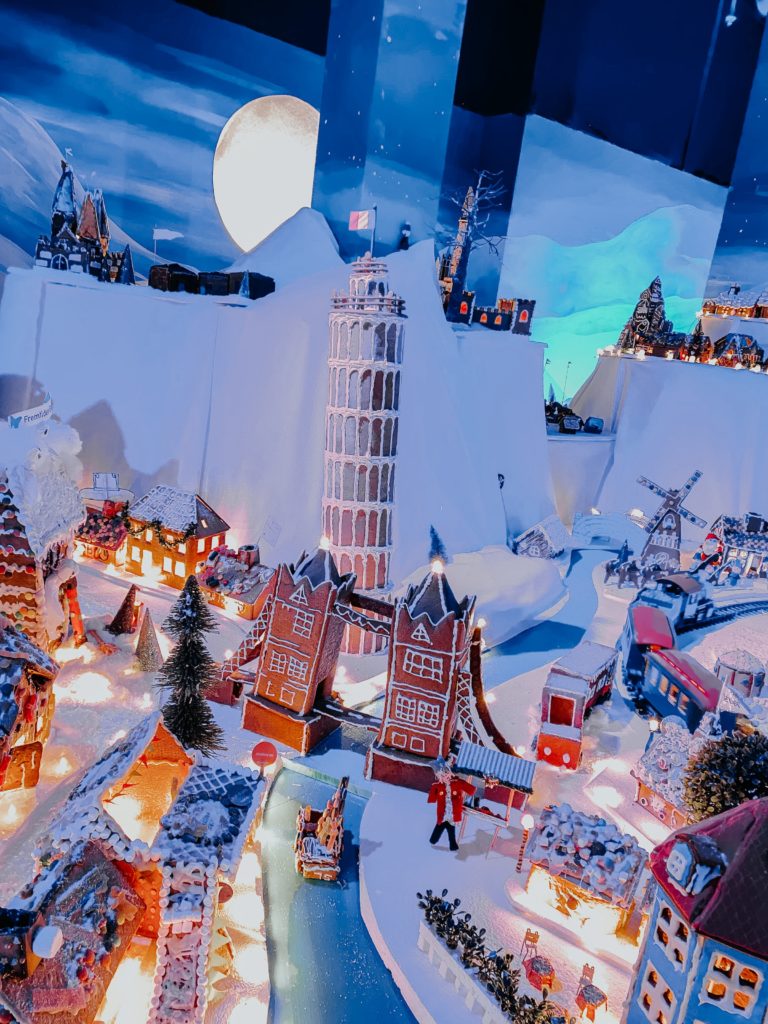
5 of the Weirdest European Christmas Traditions
Everyone has their unique Christmas tradition. Whether it’s the food we eat, the day we celebrate, or the tales we tell, the festive period is rich in myth and superstition.
Even across Europe, Christmas traditions are varied and interesting, if a little strange to those not familiar with them. Below we look into five of the best European Christmas traditions, from giant cats to golden pigs.
Iceland’s People-Eating Cat
Iceland has a Christmas tradition known as the Jólakötturinn, or Yule Cat. The cat is a giant, vicious beast, who is the pet of the Yule Lads – who we mentioned in our blog about Christmas traditions from around the world.
The Yule Cat prowls Iceland looking to eat anyone who has not received any clothes as a gift before Christmas Eve. It’s thought that the tale of the Yule Cat was used as a threat to encourage workers to finish processing wool before Christmas.
The people that completed their work would be gifted clothes as a reward, whereas those who didn’t take part wouldn’t get anything. They would then be at risk of being eaten by the Yule Cat.
An alternative version of the Yule Cat has the cat just eating the food of those who haven’t received clothes during their Christmas feast – still a chilling thought.
Sweden’s Donald Duck Show
Sweden’s Christmas tradition is a tad more family-friendly. Every Christmas Eve at 3pm, Kalle Anka och hans vänner önskar God Jul (or Donald Duck and His Friends Wish You a Merry Christmas), is broadcast. It’s been shown every year since 1958 and always on TV1, one of Sweden’s main channels. It’s an hour-long show featuring Disney shorts and clips, with some having a Christmas theme.
The tradition seems to have started in the 1950s and 1960s when Sweden only had two channels and there was not a lot of opportunity to watch American cartoons. The mass watch along seems to have stuck, with many Swedes still tuning in every year.
Typically, around 40-50% of Swedes will watch the Donald Duck show every Christmas Eve. Even the lowest ratings in 2008 were at 36% of the viewing public. In contrast, in 2016 the Queen’s Speech had the greatest share of viewing figures, but still, only around 12% of the UK public tuned in.
Catalonia’s Scatological Traditions
In Northern Spain, Catalonia’s Christmas traditions seem to take a toilet theme. One such tradition involves the nativity scene, where the Caganer will be a character not usually featured elsewhere. The Pooping Man is an essential part of every Catalonian Nativity scene and looks exactly how you might expect – a man relieving himself with his trousers around his ankles.
The Pooping Man will be hidden somewhere in the scene alongside the more traditional characters of the shepherds and the wise men. It’s thought that the poop represents good luck and fertilization for a good harvest in the coming year.
Another scatological Catalonia Christmas tradition is the Caga tió, or poop log. The log has a happy painted face and is propped up on sticks, acting as legs. The log wears a barretina hat, a traditional red Catalonian hat and is covered with a blanket.
From the 8th December, children will “feed” the log with sweets and orange peel. The log will then eat the food overnight and by Christmas Eve will “defecate” small presents for the children, which are found under the blanket.
Bergen’s Gingerbread Village
Bergen, in Norway, is home to the world’s largest Gingerbread town. Whilst gingerbread cookies are a staple across Norway, it’s in Bergen where their building prowess is really shown.
Since 1991, school children, volunteers, and local businesses across Bergen have contributed to constructing the huge Gingerbread town. Known as Pepperkakebyen, (pepperkaker is the Norwegian work for gingerbread), it includes everything
from local and international landmarks, houses, trains, cars, and boats.
While Bergen boasts the largest Gingerbread town, other places across Bergen will also build huge Gingerbread villages with help from the local people.
Czech Republic’s Golden Pig
The Golden Pig of the Czech Republic dates back to medieval times. It relates to the Czech tradition of eating a big celebratory meal in the evening of Christmas Eve, with presents to be opened afterwards.
It became usual to fast during the day of Christmas Eve, in an effort to make sure everyone can finish their meal by the evening. To keep children engaged during this fasting period, it was promised that those who could successfully fast would see a golden pig.
Now, there are all sorts of Golden Pig Christmas ornaments and confectionary available in the Czech Republic around Christmas. Most people will still stick to the tradition and put them out only for those that have fasted throughout the day.
If you’re travelling over the festive period, make sure you’re covered with international travel insurance. Expatriate Group will keep you protected on your trip and we can also offer annual multi trip travel insurance for frequent travellers. Get a quote today.
